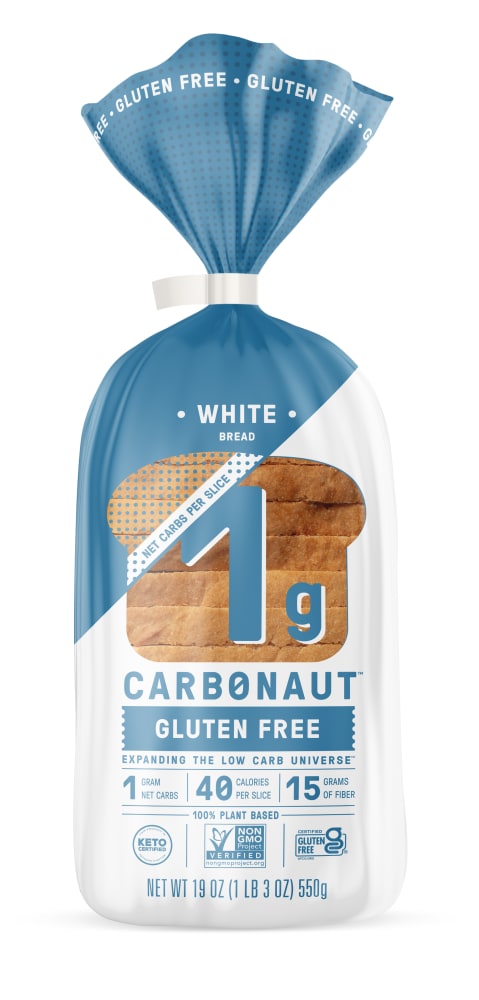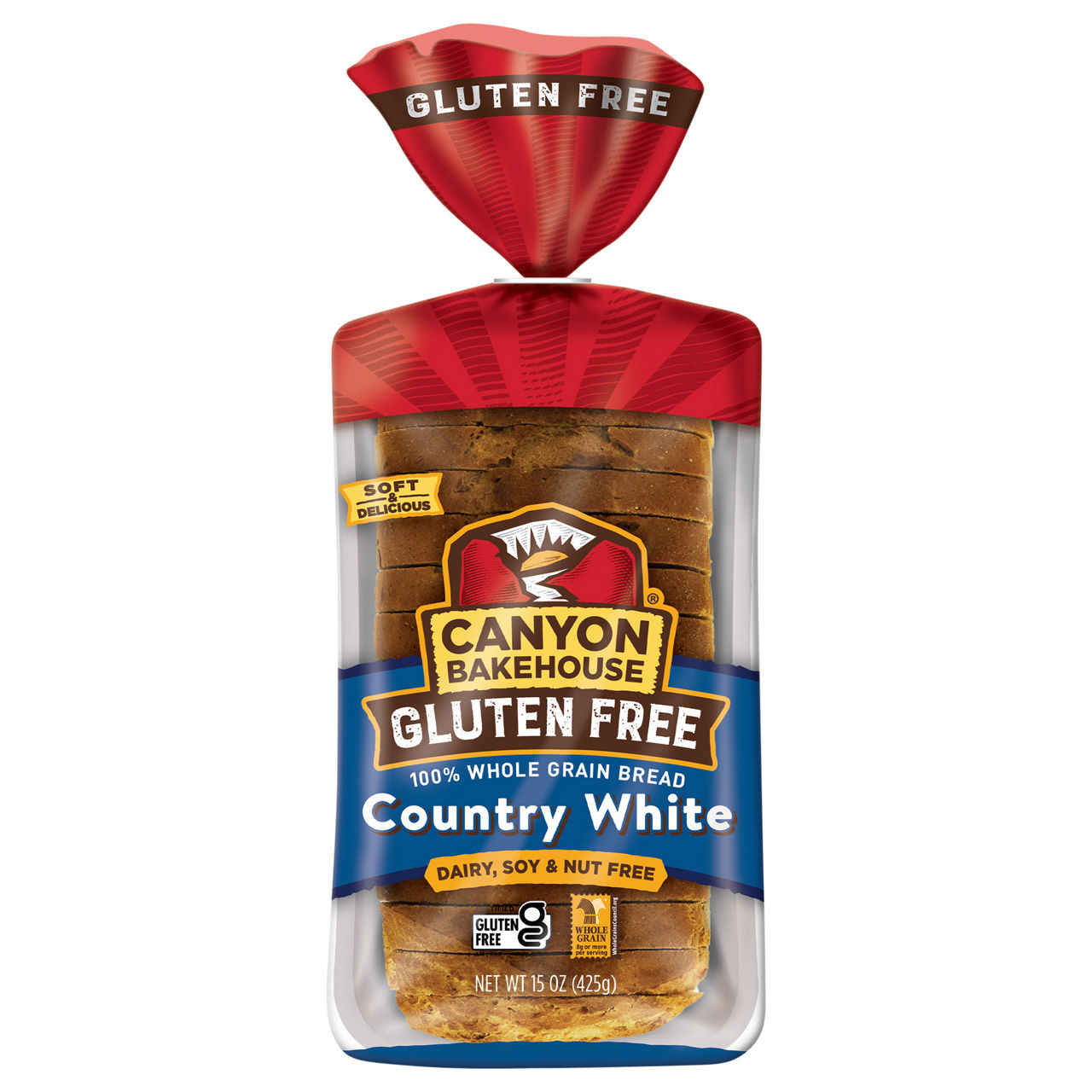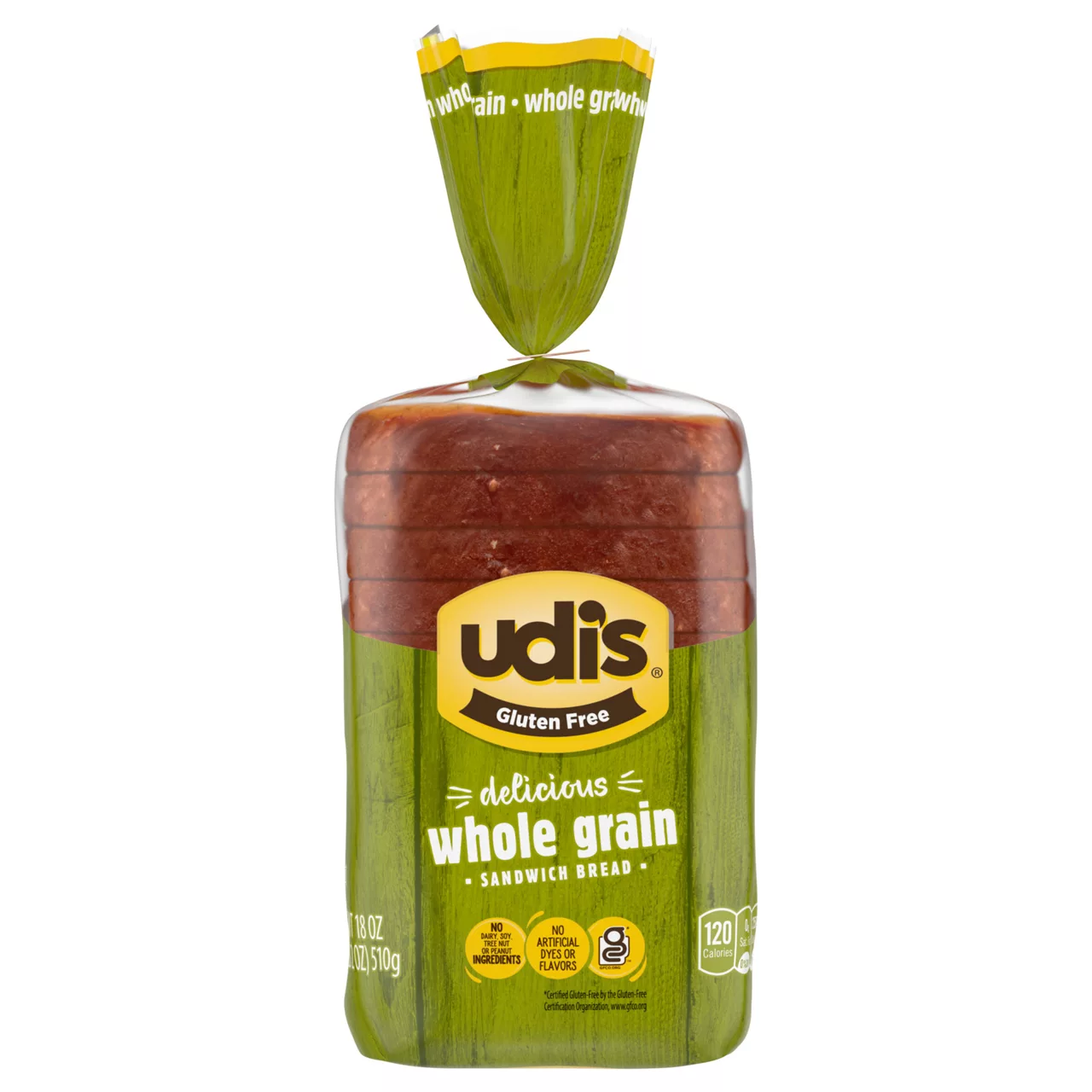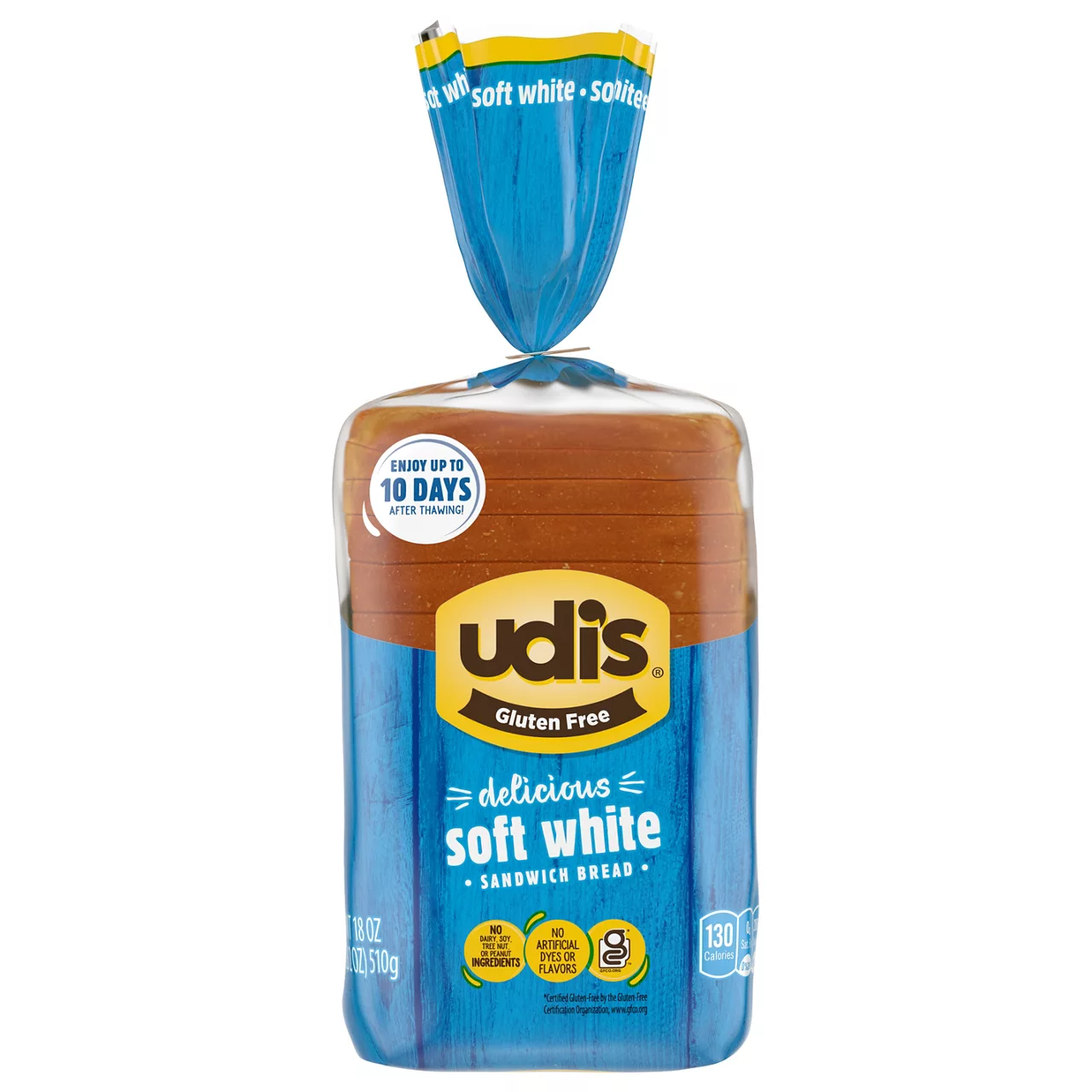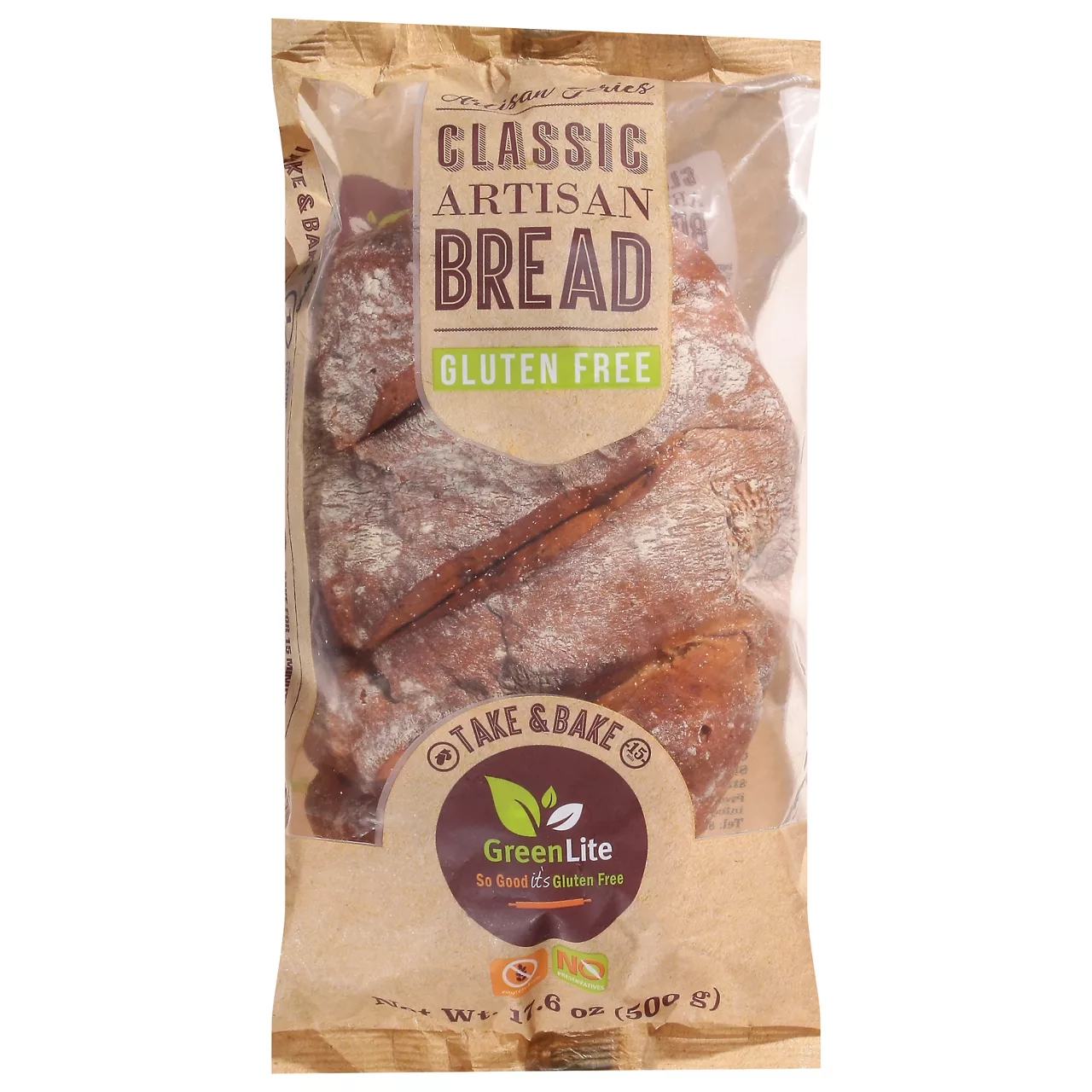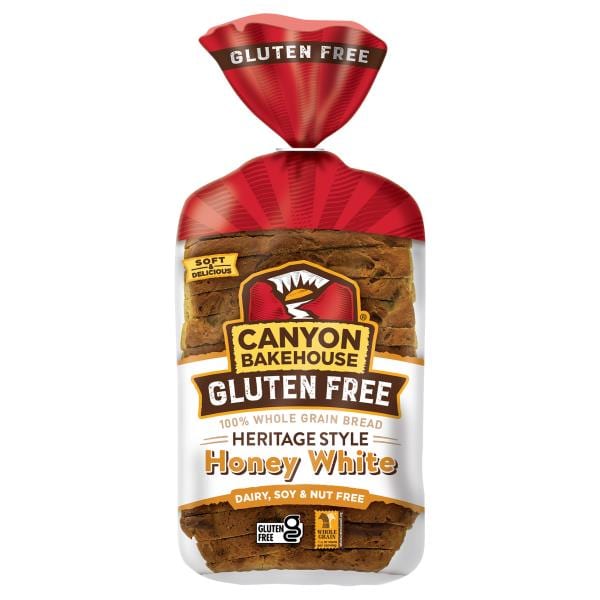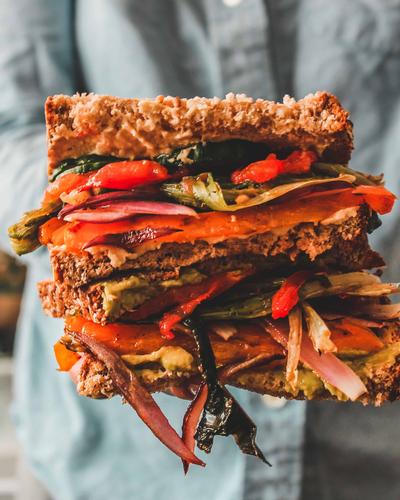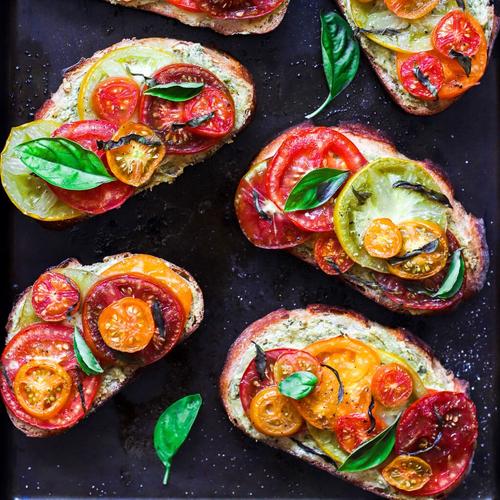Gluten Free Bread
Gluten-free bread is a type of bread specifically formulated to exclude gluten. It is a popular alternative for individuals with gluten sensitivity, celiac disease, or those looking to adapt a gluten-free diet for personal reasons. Common ingredients used in gluten-free bread are a mix of alternative flours such as rice, potato, almond, or sorghum, along with binders like xanthan gum or guar gum to add elasticity and structure.
The texture and taste of gluten-free bread may differ from traditional bread, often resulting in a denser and drier product. However, improvements in gluten-free baking techniques and ingredients have increased the quality and variety of gluten-free bread options available in the market. Homemade gluten-free bread recipes, using a blend of gluten-free flours and starches, offer customizable options to suit individual preferences and dietary needs.
79%
CARBS
16%
FAT
5%
PROTEIN
302 Gluten Free Bread Products
Canyon Bakehouse Bread, Gluten Free, Mountain White, 100% Whole Grain
Schar Gluten Free Artisan Baker White Sliced Bread
Carbonaut Gluten Free Keto Frozen White Bread
Canyon Bakehouse Country White Gluten Free Bread, 100% Whole Grain Sandwich Bread, Fresh
Udi's Gluten Free Delicious Whole Grain Sandwich Bread, Frozen
Udi's Gluten-Free Sandwich Bread White
Udi's Gluten Free Delicious Soft White Sandwich Bread, Frozen
GreenLite Bread, Artisan, Gluten Free, Classic
Frozen Vegan White Bread
Canyon Bakehouse Gluten Free Heritage Honey White Bread
1 Recipe for Gluten Free Bread
Used In 4 Recipes
Gluten Free Bread Is Frequently Used With
Gluten Free Bread FAQ
Gluten-free bread is an excellent alternative for those with gluten sensitivity, celiac disease, or just wanting a change in their diet. The key challenge when it comes to cooking or baking with gluten-free bread derives from its lack of gluten - the main protein that gives traditional bread its structure and elasticity. As a result, gluten-free bread tends to be denser, drier, and crumblier than its wheat-based counterparts. This can sometimes pose problems when it comes to creating certain dishes, like a fluffy sandwich or crisp toast. Another common challenge is also the taste, which can be slightly different. However, there are ways around these, such as using correct binders like xanthan or guar gum, and a blend of gluten-free flours which can help create a more traditional bread texture and taste.
As for getting the most out of gluten-free bread, don't feel confined to just using it for sandwiches. Gluten-free bread can be used for making breadcrumbs, croutons, bread puddings, and more. If the bread is a bit dry, toasting it can enhance its flavor and texture. You can also experiment with different flour mixtures and add-ins, such as nuts, seeds, and herbs, to customize and enhance the flavor of your gluten-free bread.
A less-known yet useful trick is to slice and freeze gluten-free bread shortly after baking or buying, as it helps maintain freshness and prevents it from becoming stale. Also, it's worth noting that kneading, which is vital in regular bread making, isn't necessary with gluten-free bread. This is because it lacks gluten, which needs to be activated by kneading. Overworking the dough might result in a denser bread.
Why is my homemade gluten free bread so dense?
How can I make gluten free bread taste better?
Can I use gluten free bread for stuffing?
Why does my gluten free bread fall apart?
Can I make croutons with gluten free bread?
Why does my gluten free bread not rise?
Does gluten free bread toast the same?
Can I make gluten free bread without a bread machine?
Why is my gluten free bread gummy?
Can I use normal recipe for gluten free bread?
Expiration & Storage Tips
When does gluten free bread expire?
Unopened gluten-free bread often lasts for 2-3 weeks at room temperature, depending on the exact brand and ingredients used. Once opened, you should consume it within 3-7 days. If refrigerated, gluten-free bread might last an additional week. However, freezing is the best way to extend shelf life where most gluten-free breads can stay in prime condition for up to two or three months.
How do you tell if gluten free bread is bad?
If your gluten-free bread has gone bad, the first sign usually is the presence of mold, usually a variety of colors like white or green. The texture may become extremely tough or crumbly, while the smell might change to a sharp, yeasty, or sour scent. The product may also feel slimy or excessively hard on the outside.
Tips for storing gluten free bread to extend shelf life
• Always reseal the bread loaf in its original packaging or a zip-top bag to keep it fresh after opening and reduce air exposure.
• Consider storing gluten-free bread in the refrigerator. It can help to maintain freshness longer than keeping it at room temperature.
• For longer storage, freeze the entire loaf or individual slices in a tightly sealed container or freezer bag. When you're ready to eat, just defrost at room temperature or toast directly from frozen.
• To retain its moisture, you can store a piece of fresh celery with the bread in the same bag.
EXPIRES WITHIN
11 - 29
DAYS
Substitutes
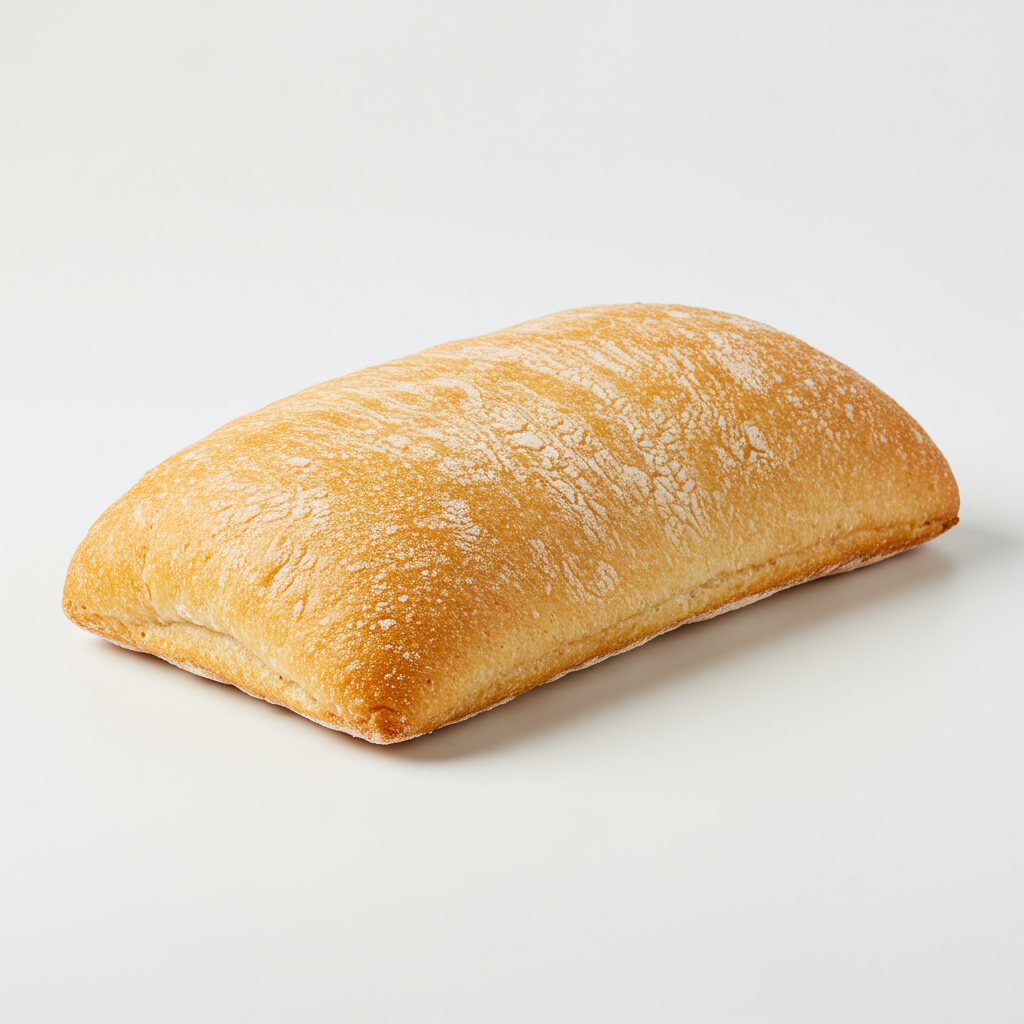
Gluten Free Ciabatta Bread
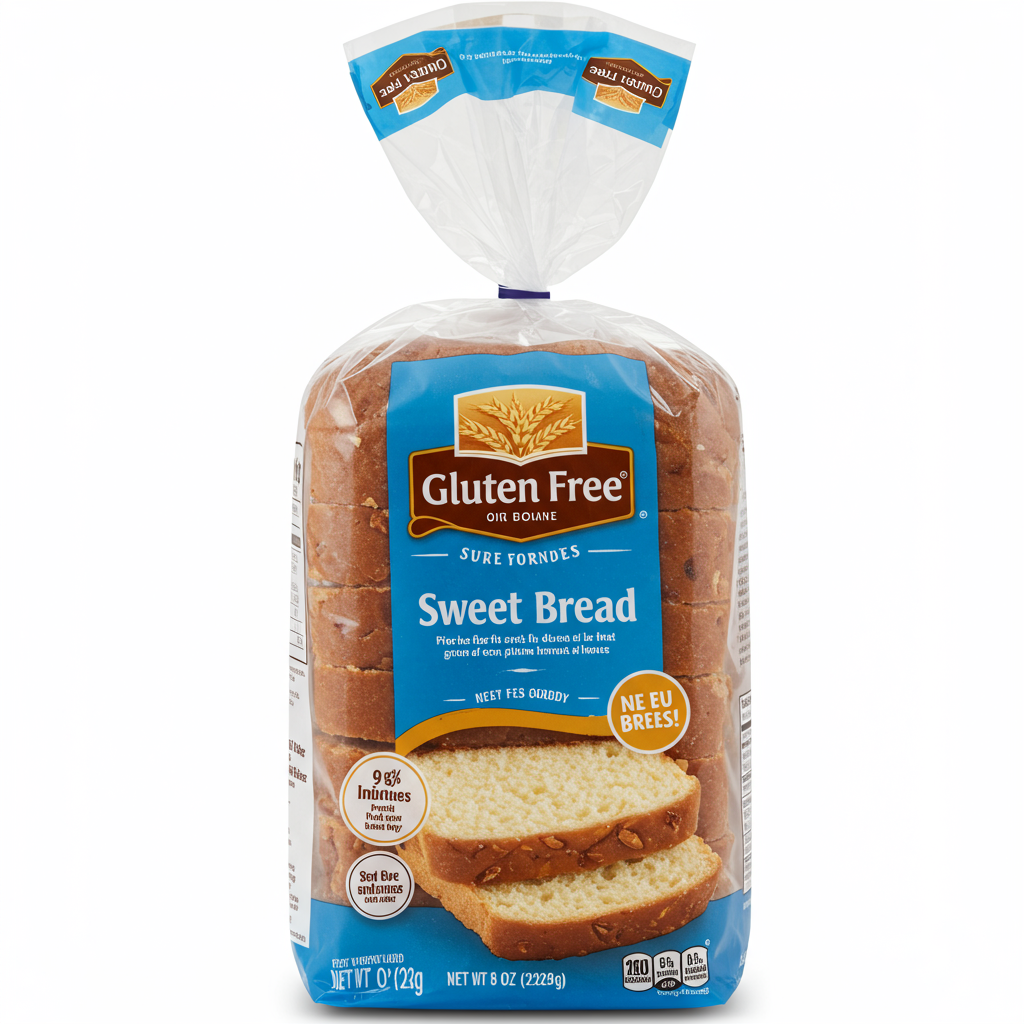
Gluten Free Sweet Bread

Gluten Free Baguette

Multigrain Bread
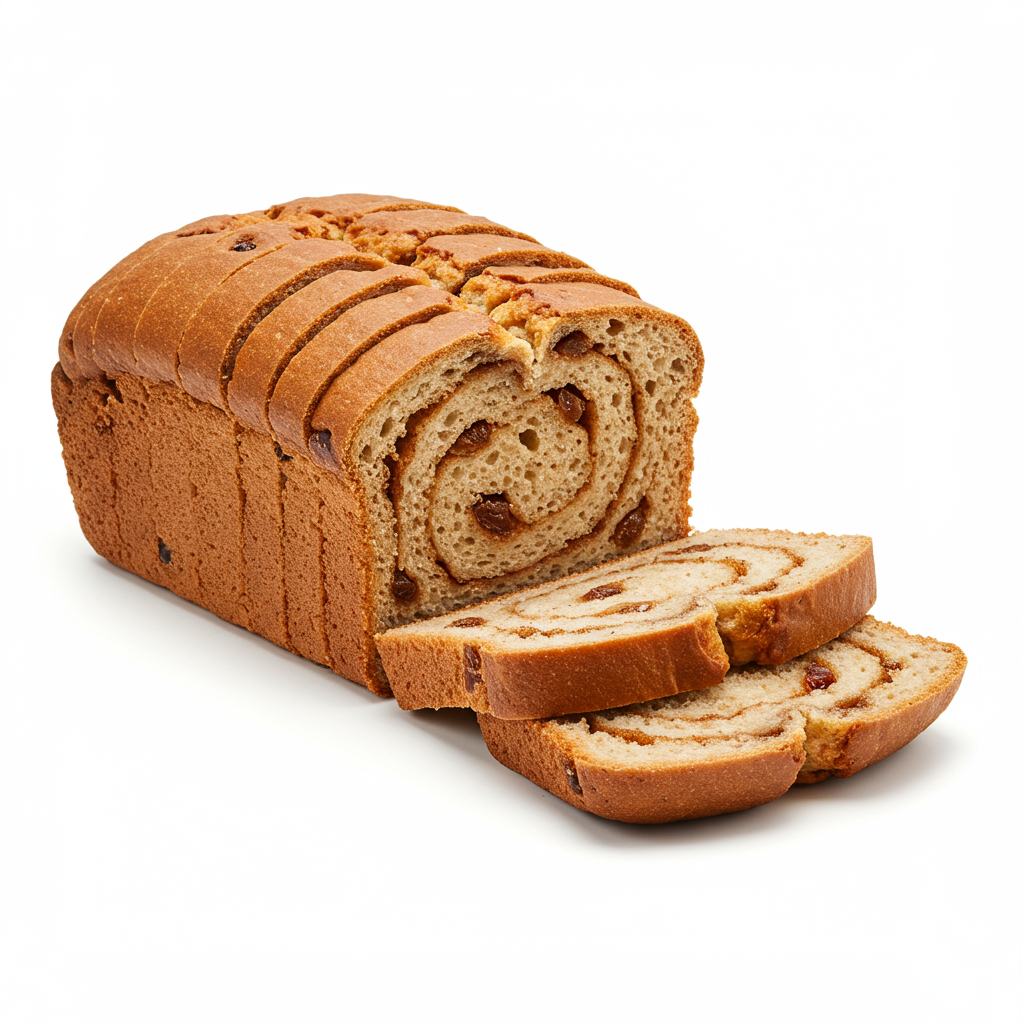
Gluten Free Cinnamon Raisin Bread
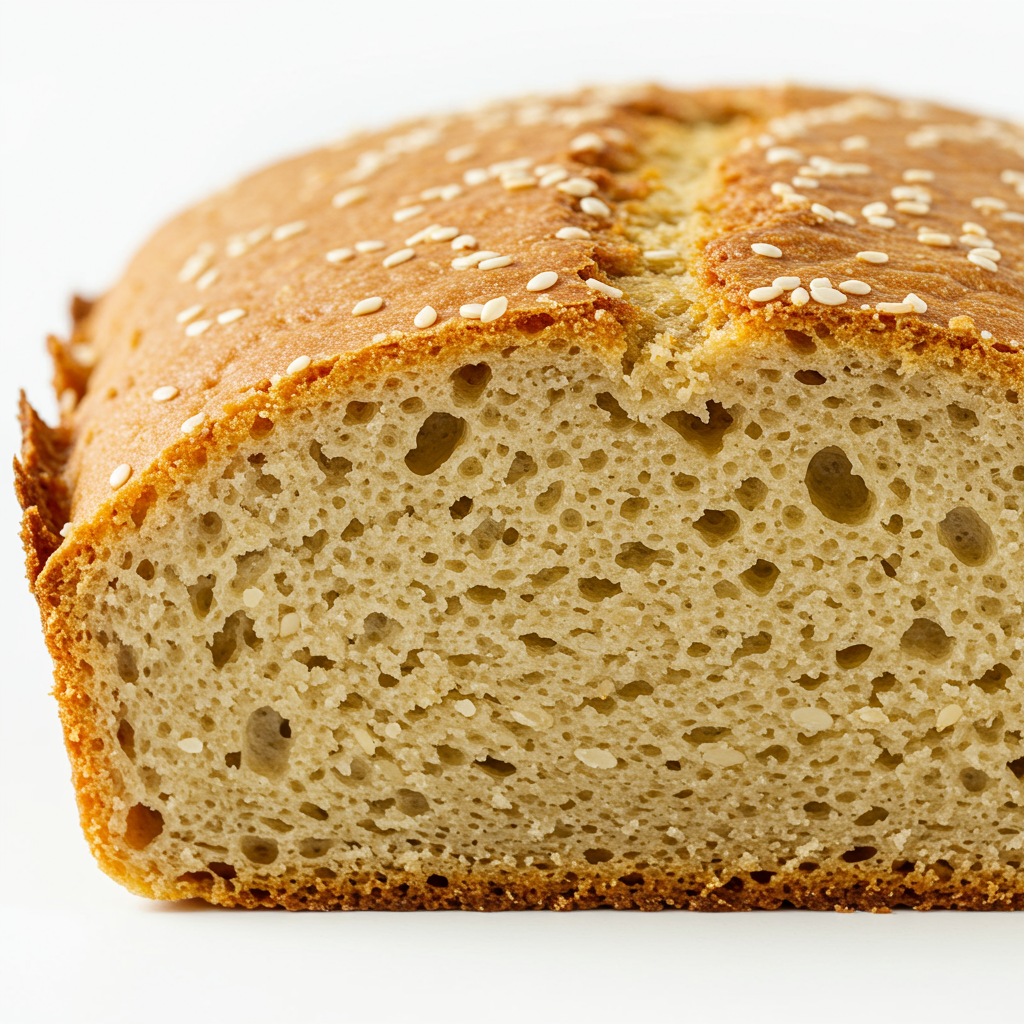
Keto Bread

Keto Wheat Bread

Herb Sourdough Bread

Multigrain Sourdough Bread

Sourdough Bread
See All
Health Info
Macros
17g
CARBS
3g
FAT
1g
PROTEIN
Allowed on these diets
LOW FAT
HIGH CALCIUM
VEGETARIAN
VEGAN
LACTOSE FREE
GLUTEN FREE



